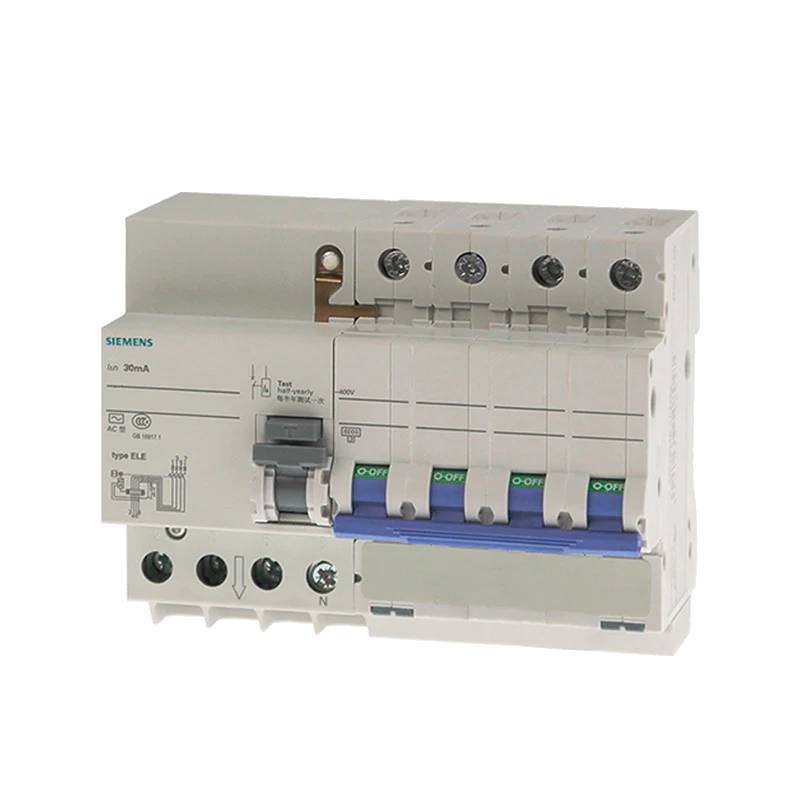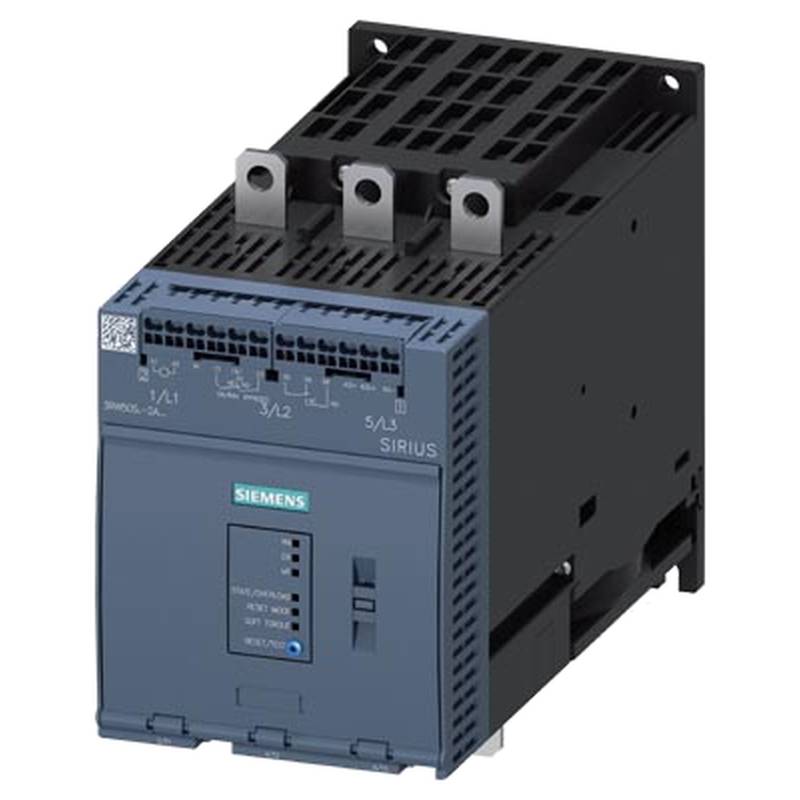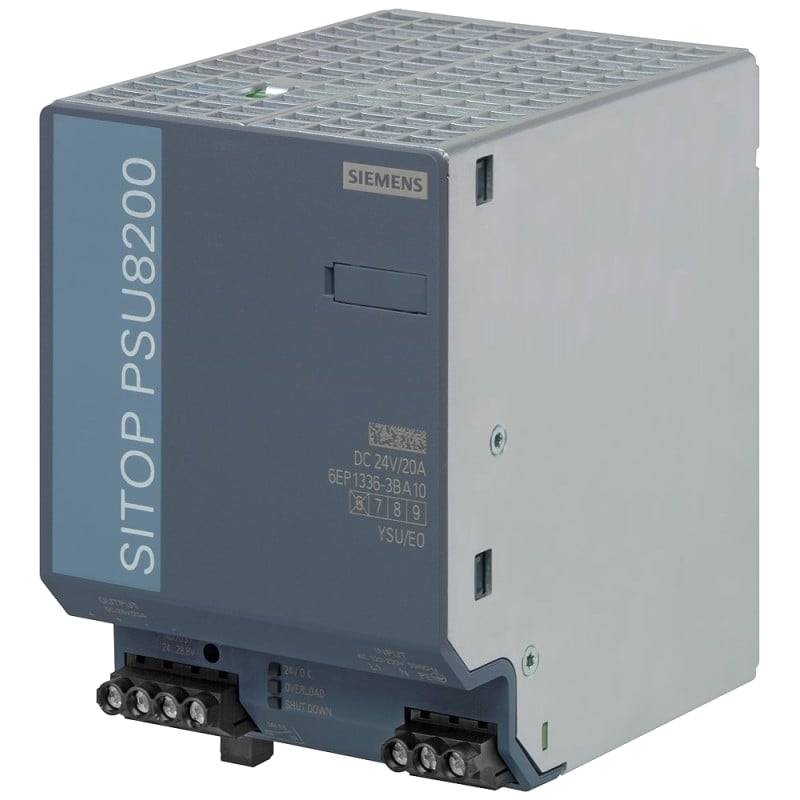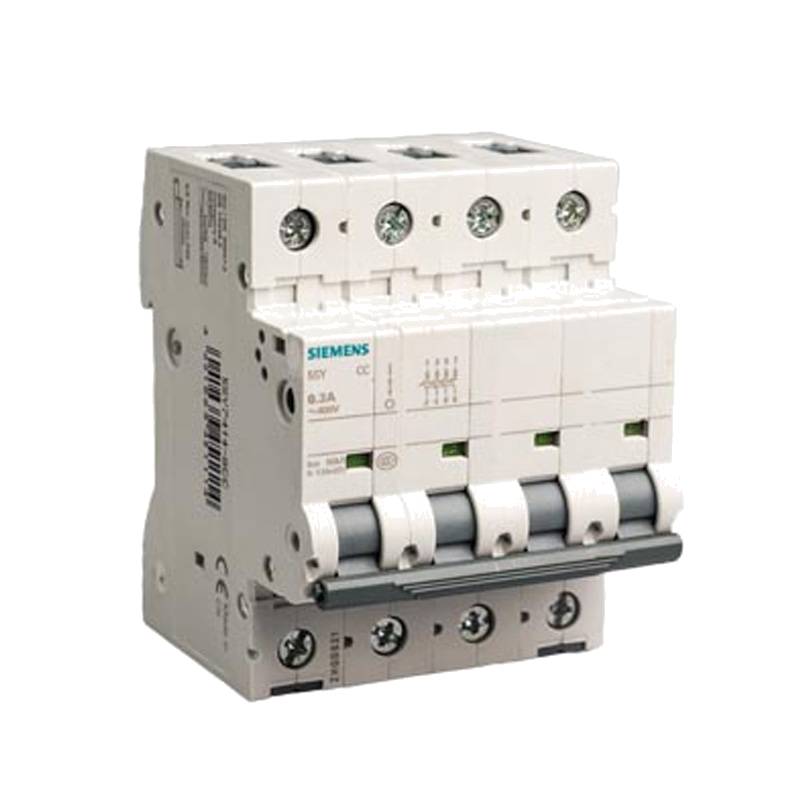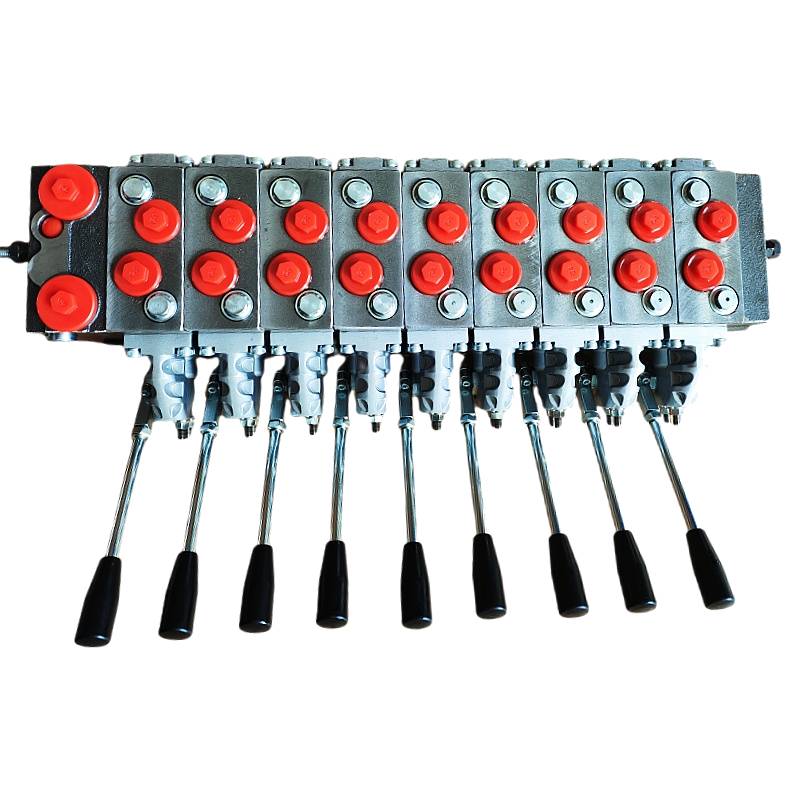
The Siemens 5SN6606-7CN Miniature Circuit Breaker (MCB) is a robust 3-pole + Neutral, 6 Ampere protective device engineered for the precise safeguarding of small motors in industrial applications. This MCB distinguishes itself with its high breaking capacity and reliable tripping characteristics, ensuring swift disconnection during overcurrent or short-circuit events, thereby preventing costly equipment damage and minimizing downtime. Its compact design facilitates easy integration into control panels, while its thermal-magnetic tripping mechanism offers dependable protection against both sustained overloads and sudden short circuits, crucial for preserving the longevity of motor-driven systems.
| Feature | Specification |
| :------------------- | :---------------------------- |
| Product Type | Miniature Circuit Breaker |
| Model Number | 5SN6606-7CN |
| Poles | 3P+N (3 Pole + Neutral) |
| Rated Current (In) | 6 A |
| Tripping Curve | Type C (for motor protection) |
| Breaking Capacity (Icn)| 6 kA |
| Voltage Rating (Un) | 400V AC |
| Frequency | 50/60 Hz |
| Protection | Overload and Short Circuit |
| Mounting | DIN Rail |
| Terminal Type | Screw Terminals |
Core Features & Market Positioning
The Siemens 5SN6606-7CN MCB is positioned as a premium solution for small motor protection, embodying Siemens' commitment to industrial-grade reliability and advanced circuit protection technology. Its Type C tripping curve is specifically designed to accommodate the higher inrush currents typical of motor startups without nuisance tripping, while still offering rapid response to fault conditions. This selective characteristic is a key differentiator, providing superior protection compared to general-purpose MCBs when applied to inductive loads. The device’s robust construction and adherence to international standards (IEC 60898-1) underscore its suitability for demanding industrial environments.
Key Application Scenarios
This 6A, 3P+N Siemens MCB is ideally suited for protecting a wide array of small industrial motors, including those found in conveyor systems, ventilation fans, pumps, and small machine tools. Its application extends to control circuits where motors are employed for actuation or movement. The inclusion of the neutral pole ensures complete protection for single-phase loads powered from a three-phase system, often encountered in distributed control cabinets. Industries benefiting from this precise protection include manufacturing, food and beverage processing, water treatment, and building automation.
Practical System Integration Guidance
Integrating the Siemens 5SN6606-7CN MCB is straightforward due to its standard DIN rail mounting. Ensure the main power supply is de-energized before installation. Connect the incoming phase conductors (L1, L2, L3) and the neutral conductor to the respective line-side terminals, and the load conductors to the corresponding load-side terminals. For motor protection, it is imperative to select an MCB with a rated current and tripping curve appropriate for the specific motor's full load amperage and starting characteristics. Proper torque must be applied to the screw terminals to ensure a secure connection and prevent overheating.
Operation and Risk Mitigation
The MCB operates via a thermal-magnetic tripping mechanism. The thermal element provides protection against sustained overloads by responding to heat buildup, while the magnetic element offers instantaneous tripping for severe short-circuit currents. To mitigate risks, always ensure the MCB is correctly rated for the motor and circuit. Avoid overloading the protected equipment, as this can lead to premature wear or failure. Regular visual inspection for any signs of damage or overheating, along with periodic functional testing (where applicable and safe), are recommended practices. In the event of frequent tripping, a thorough investigation into the motor load or circuit conditions is necessary.
Scalability & Long-Term Value
The Siemens 5SN6606-7CN MCB integrates seamlessly into Siemens' broader industrial control and automation ecosystems, such as the ALPHA bus system or SIMATIC control platforms. Its standardized form factor and terminal arrangement ensure compatibility with a wide range of existing control panels and distribution boards. While this specific MCB is designed for a fixed rating, the broader Siemens product portfolio offers a comprehensive range of MCBs and other protective devices, allowing for system-wide upgrades or expansion to accommodate higher motor ratings or more complex protection schemes. This ensures long-term value through reliable protection and potential for future system enhancements.
Frequently Asked Questions
What is the primary purpose of the Siemens 5SN6606-7CN MCB?
This MCB is designed for the specific protection of small industrial motors. It safeguards against overcurrent and short-circuit faults, preventing damage to motor windings and associated control circuitry. Its Type C tripping curve is optimized for motor startups, minimizing nuisance tripping.
How does the 3P+N configuration benefit motor protection?
The 3P+N configuration provides comprehensive protection for three-phase motors by breaking all three phases and the neutral conductor during fault conditions. This ensures complete isolation of the motor, enhancing safety and preventing potential damage from unbalanced loads or neutral faults.
Can this MCB be used for general lighting circuits?
While it offers reliable overcurrent protection, the Type C tripping curve is best suited for inductive loads like motors due to their high inrush currents. For general lighting circuits, a Type B or Type D MCB might be more appropriate depending on the load characteristics.
What is the breaking capacity of the 5SN6606-7CN?
The Siemens 5SN6606-7CN MCB has a breaking capacity of 6 kA. This means it can safely interrupt fault currents up to 6,000 Amperes without sustaining damage, providing robust protection against severe short circuits in many industrial settings.
How do I correctly wire the 5SN6606-7CN MCB?
Connect the incoming phase conductors (L1, L2, L3) and neutral to the line-side terminals, and the load conductors to the corresponding load-side terminals. Ensure the correct polarity and secure terminal connections with appropriate torque. Always de-energize the circuit before wiring.
What does the "Type C" tripping curve signify for motor applications?
A Type C tripping curve indicates that the MCB will trip between 5 to 10 times its rated current for short circuits. This characteristic is ideal for motors, which experience high inrush currents during startup, preventing unwanted tripping while still providing rapid protection against significant faults.
What are the key advantages of using Siemens MCBs?
Siemens MCBs are known for their high quality, reliability, and adherence to stringent international safety standards. They offer advanced protection features, durability in harsh industrial environments, and often integrate well with other Siemens automation and control components, ensuring system compatibility and long-term performance.
What is the maximum voltage rating for this MCB?
The Siemens 5SN6606-7CN MCB is rated for a maximum operating voltage of 400V AC. It is crucial to ensure that the voltage of the protected circuit does not exceed this rating to guarantee safe and effective operation.
How can I troubleshoot a tripped 5SN6606-7CN MCB?
First, ensure the main power supply is off. Then, inspect the protected motor and wiring for any visible signs of damage or short circuits. If the fault is cleared, reset the MCB. If it trips again immediately, there is likely a persistent fault that requires professional diagnosis.
Is this MCB suitable for DC applications?
The Siemens 5SN6606-7CN MCB is designed for AC applications only. Using it in a DC circuit can lead to improper operation and significant safety hazards. For DC circuits, specific DC-rated circuit breakers must be employed.
















